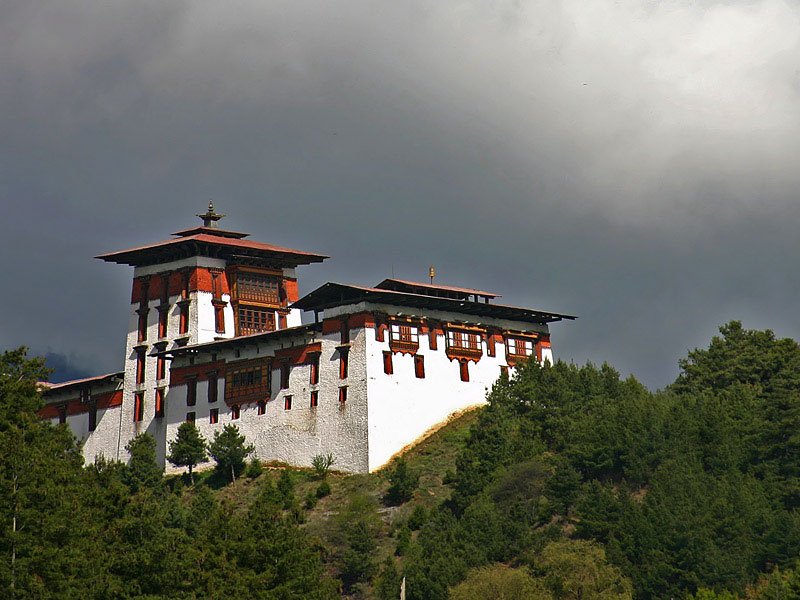
Bumthang Jaker dzong
Jakar Dzong, also known as the "Castle of the White Bird," is a majestic fortress in Bumthang, Bhutan. It sits on a ridge overlooking the Chamkhar Valley, offering breathtaking views of the surrounding landscape.
Historical Significance Built in 1549 by Tibetan Lama Ngagi Wangchuk, the dzong played a crucial role in defending eastern Bhutan.
It became the seat of Bhutan’s first king in 1646, marking its importance in the country's history.
The name Jakar comes from the word bjakhab, meaning "white bird," referring to a legend where a white bird signaled the auspicious location for the monastery.
Architectural Features One of Bhutan’s largest dzongs, with a circumference of over 1,500 meters (4,900 feet).
Features a 50-meter-high Utse (central tower), distinct from most other dzongs in Bhutan.
Includes a sheltered passage with two parallel walls and fortified towers, ensuring access to water during a siege—this protected water supply remains intact today.
Cultural Importance Serves as the administrative and monastic center of Bumthang.
Hosts the Jakar Tshechu, an annual festival featuring traditional mask dances and rituals.
Symbolizes Bhutan’s spiritual and historical resilience, standing as a testament to the country’s rich heritage.
Jakar Dzong is a must-visit for anyone exploring Bhutan, offering a blend of history, architecture, and spirituality.